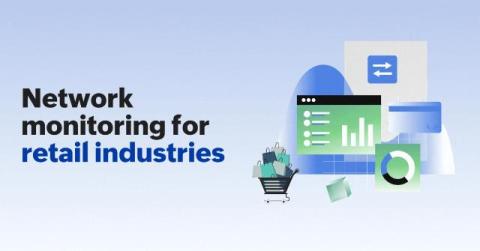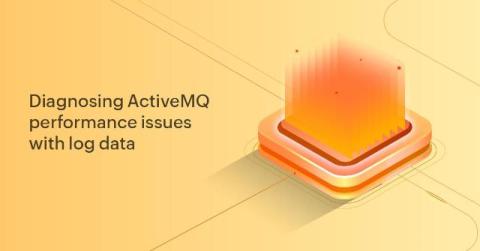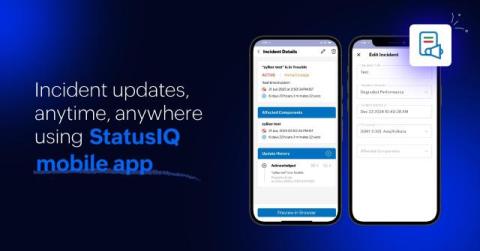How well-designed automations lead to efficient orchestration in AWS
Managing resources efficiently in cloud-based environments like AWS is crucial for scalability, security, and cost-effectiveness. Automation is key to eliminating manual intervention in routine tasks, while orchestration ensures that these automated tasks are executed in a structured, coordinated manner. In AWS, leveraging well-designed automation enhances orchestration, enabling organizations to optimize performance, resource utilization, and security while maintaining operational agility.











